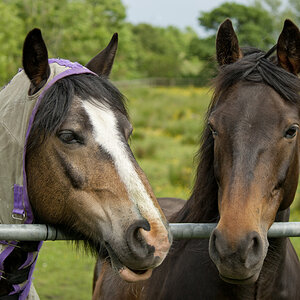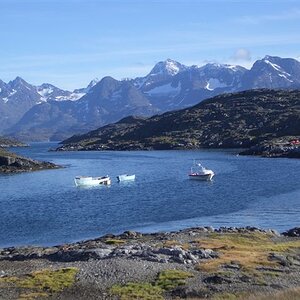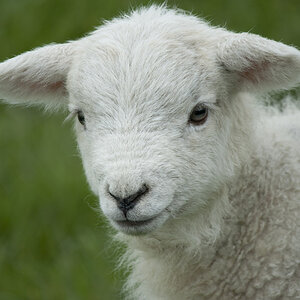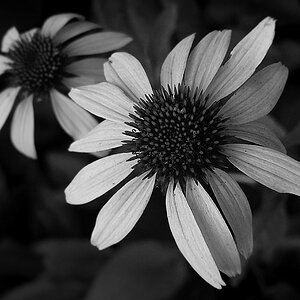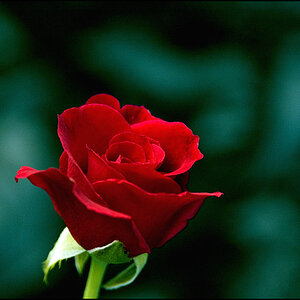HJW
TPF Noob!
- Joined
- Dec 27, 2011
- Messages
- 25
- Reaction score
- 1
- Location
- Singapore
- Can others edit my Photos
- Photos OK to edit
Regarding landscape photography, I've seen many photographers use tiny apertures when shooting certain scenes. While the maximum depth of field can already be obtained at around f11 or f16 (varying), why do some go all the way to f22 (sometimes even with ND filters) - where there is noticeable diffraction affecting the sharpness and quality of their images?


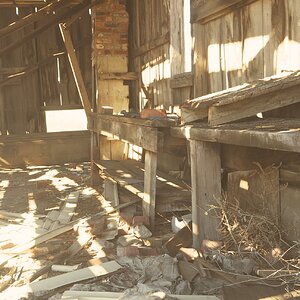
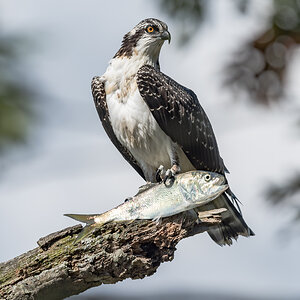

![[No title]](/data/xfmg/thumbnail/32/32709-80f0f0432fd5ec548a3efdb60ef77d46.jpg?1619735613)
![[No title]](/data/xfmg/thumbnail/42/42256-dce29145f58094ceabbe05c0c8cef7fc.jpg?1619740065)
